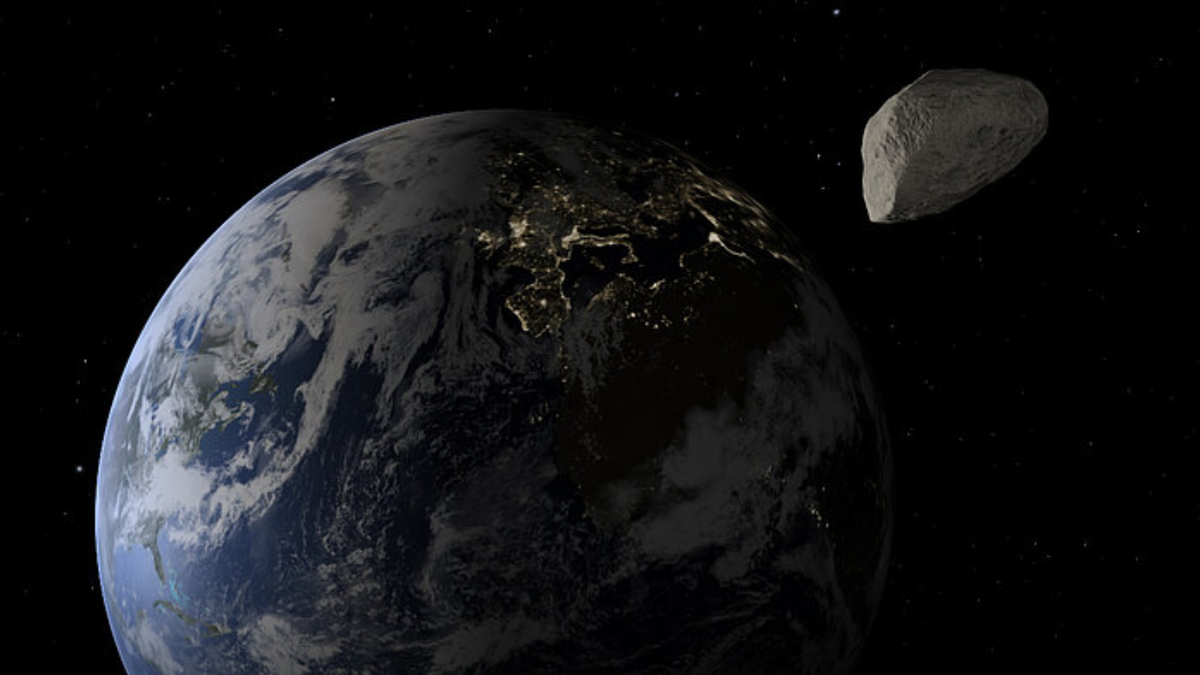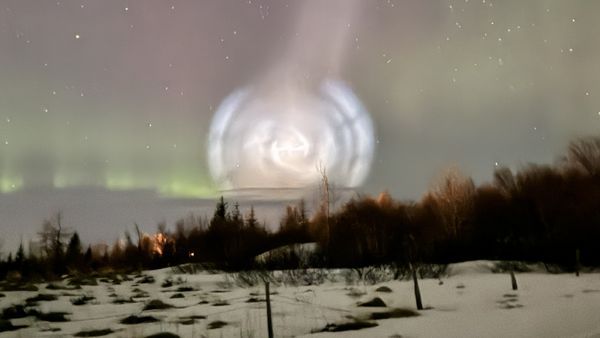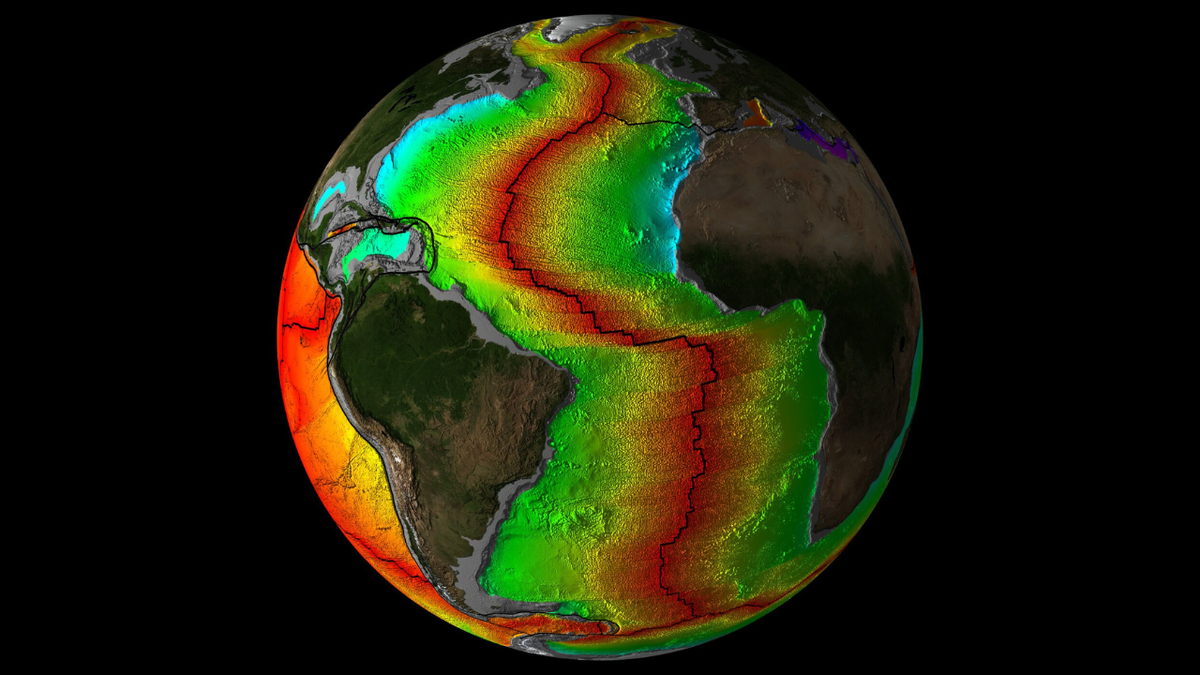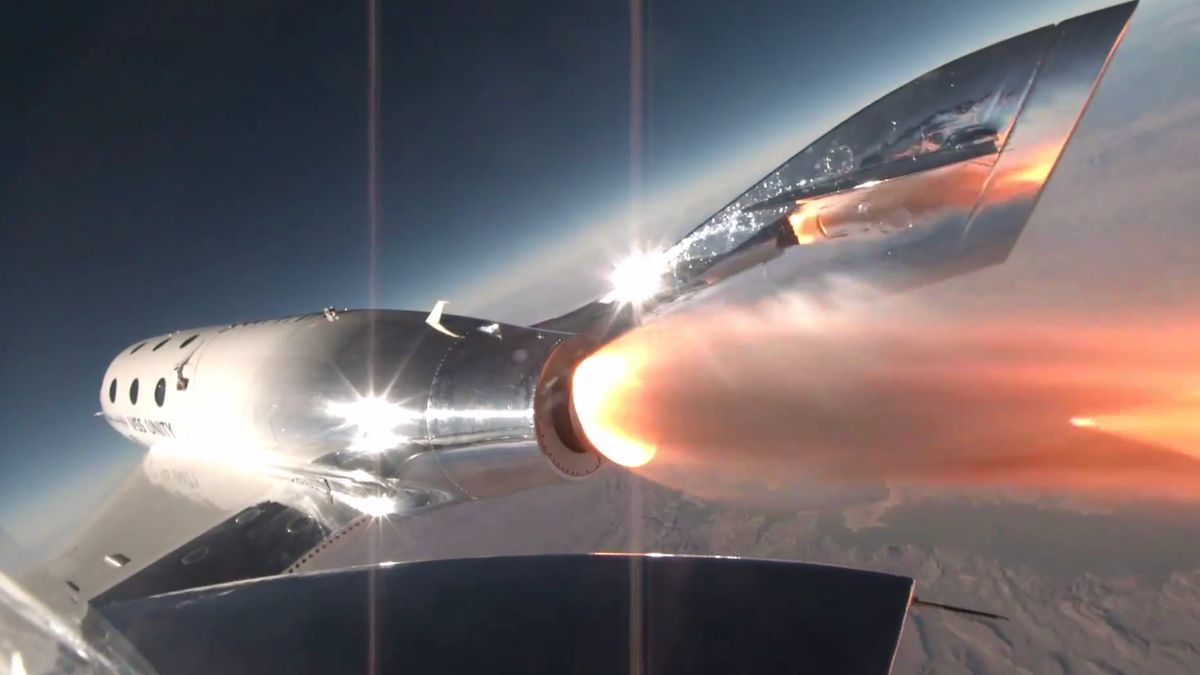The Asteroid Apophis: An Opportunity for Planetary Defense and Scientific Exploration
Within the next five years, a massive 1,000-foot-wide asteroid known as Apophis is set to pass within 30,000 miles of Earth. Named after the Egyptian god of chaos and destruction, this celestial event presents a rare opportunity for scientific study. On April 13, 2029, Apophis will make its closest approach to our planet, becoming visible to the naked eye. NASA’s OSIRIS-APEX spacecraft is poised to intercept this near-Earth asteroid and collect valuable data. In addition to NASA’s mission, a team from Julius-Maximilians-Universität Würzburg has unveiled three concepts for small satellites to accompany the asteroid during its rendezvous.
Understanding the Significance of Apophis
Apophis was discovered in 2004 and quickly rose to the top of the list of potentially hazardous asteroids due to its size and proximity to Earth. However, recent observations have revealed that Apophis will not collide with our planet for at least another century. Despite this, the asteroid’s close approach in 2029 presents a unique opportunity for scientific exploration.
As a relic from the early solar system, Apophis offers researchers a window into the chemical composition of our celestial neighborhood over 4.6 billion years ago. By studying this ancient asteroid, scientists hope to gain insights into the formation and evolution of our solar system.
Potential Spacecraft Missions
While there are approximately 1.3 million asteroids in our solar system, missions to study these celestial bodies in situ are rare. The JMU team has proposed three innovative concepts for spacecraft to accompany Apophis in 2029.
The first concept involves a small satellite that will shadow Apophis for a two-month period during its closest approach to Earth. This mission will document any changes in the asteroid’s behavior and morphology, requiring the spacecraft to operate autonomously for extended periods.
The second concept integrates the JMU team’s satellite with a larger ESA spacecraft called RAMSES. This ambitious mission aims to deploy multiple satellites, measuring equipment, and telescopes to study Apophis in detail. However, the success of this concept hinges on securing funding from ESA partner countries.
The third concept entails a quick flyby mission where a small satellite captures images of Apophis at its closest point to Earth. This cost-effective approach allows for rapid deployment, demonstrating the efficacy of small satellites in asteroid research.
Implications for Future Missions
While the primary focus is on Apophis, the technologies and strategies developed through the NEAlight project could pave the way for future missions to other celestial bodies. Whether exploring other planets, moons, or nearby asteroids, the concepts proposed by the JMU team offer valuable insights into the potential of small satellite missions in space exploration.
As the NEAlight project progresses, scientists will continue to refine the mission requirements and prepare for the rendezvous with Apophis. Beyond this historic event, the scientific advancements and data collected during this mission will shape our understanding of the solar system and fuel further exploration of space.
Image/Photo credit: source url





